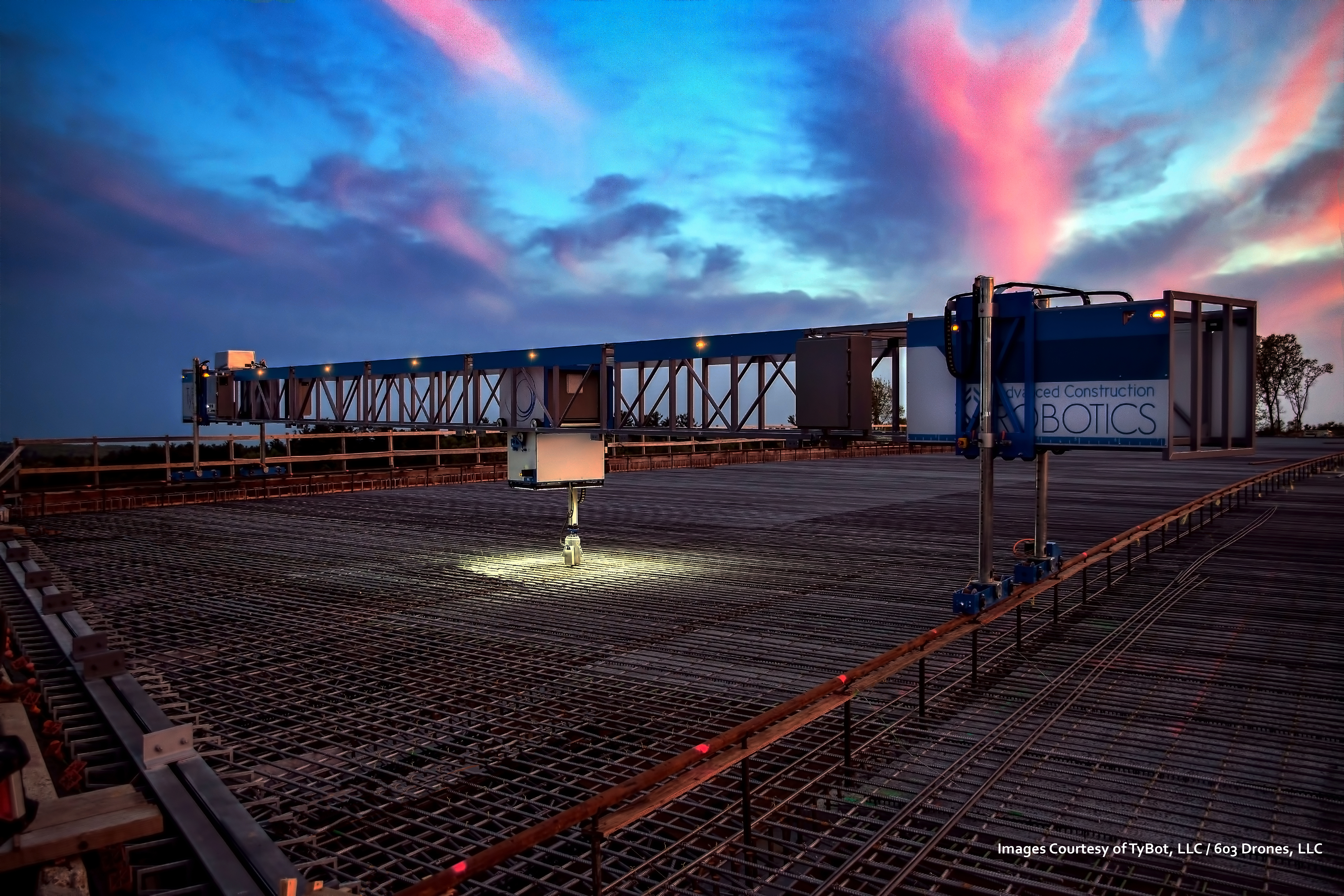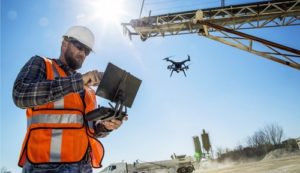
With the Trump Administration’s $1 trillion infrastructure plan unveiled in June followed by the Biden Camp’s proposed $2 Trillion Infrastructure and Energy Plan and accompanied by calls from other governments around the world for increased spending on infrastructure, in part as a response to the economic challenges of the Covid pandemic, investors and technology companies are fueling a wave of fresh investment and development of solutions catering specifically to the unique needs of the sector.
Arguably, the Infrastructure Sector has been overlooked compared to the Building Sector when it comes to the development of technology solutions, despite the fact that nonbuilding projects, such as bridges, roads, power generation and distribution, water, communications and waste handling projects comprise roughly 30 percent of the market. According to US Census Data, the United States “put in place” a seasonally adjusted $1.3 Trillion worth of Construction on an annualized basis through May 2020. Of this total, more than $400 billion likely represents “non building” projects, where design was led by engineering firms as opposed to architects. It is a big segment of the market.
So while companies that arose mostly via the residential or commercial building side of the industry like Katerra, View, BuildingConnected, PROCORE, HonestBuildings, and Plangrid have grabbed headlines in recent years for investment dollars garnered, interest is now clearly turning to this “non-building” sector as an important area of opportunity. Here are three of the topic areas we are specifically exploring:
Major Players Like Bentley and Autodesk Push Deeper Into Heavy Civil Project Management Systems, While Emerging Players Are Also Finding Inroads.
Bentley Systems, historically a leader in the infrastructure planning arena, has beefed up its offerings with the acquisition of voice-based project management pioneer, Notevault, and with a commitment to 4D Scheduling, stemming from it acquisition of synchro software (4D/5D Construction Now for Heavy Civil Projects Too). Moves like Bentley’s, helping connect models to schedules and estimates.
Meanwhile, Autodesk, has stepped up its own investment in the sector, unveiling a slew of new features tying its newly branded Autodesk Construction Cloud applications with is Autodesk Civil 3D Software.
While the major players in tech square off in the sector, emerging start ups are garnering their own impressive investment hauls. Earlier this year Headlight, an image-based project management system for road construction announced a $25 million raise. Headlight is relying on a photo-based approach to inspections to differentiate itself in the sector. Meanwhile, companies like Clue are representative of a wave of project management apps that rely on a combination of telematics and AI to connect people, equipment, and other assets on a jobsite and integrate information from those sources with digital conversations and other communications to tell a robust, real-time story about what is happening on the job.
Click here to see our 2020 Infrastructure Tech List Outlining Eight Topics Relating to Infrastructure
Drones Continue to Find Diverse Applications in Heavy Civil Projects and Are Almost Table Stakes.
While drone companies may have encountered some challenges in the Building segment of the construction industry by virtue of challenges with permits to fly in dense area and a lack of easy applications for renovation and interior building projects, they have had a much easier time gaining traction in the Heavy Civil and Infrastructure Sector. Everything from scanning sites during planning phases to help with estimates and balancing to inspections and progress monitoring during construction have routine functions for leading contractors leveraging drone on projects with large sites. Some of the companies with traction in the sector, recently, include Precision Hawke which raised $32 Million in December of 2019 and is particularly focused on helping power and communications utilities track and manage assets, as well as Drone Base which just this past June raised $7.5 million to expand services to Europe and to the renewable energy market. In 2018, PrecisionHawk acquired Uplift Data Partners, noting uplifts strength in construction, building information management, and real estate. The current focus on renewables may be seen as further evidence that drone companies are finding infrastructure markets more rewarding than the building market.
As we commented in a recent analyst brief on the topic (Drone Usage Still Strong Among Leading E&C Firms), drones are moving beyond being “eyes in the sky.” Companies like Civdrone and SkyMul are part of a still early wave of so-called service drone capable of performing work tasks such as staking sites and tying rebar on job sites. Although the age of “worker drones” is still dawning, it does begin to blur the lines of aerial sensors and work-performing robotics.

Beyond Service Drones, Robotics and “Smart Equipment” Solutions Have Also Begun to Proliferate.
Back in June of 2015, we held our first meet-up around the potential of autonomous equipment on our job sites. There, Goran Zeravica ran us through how Komatsu was able to develop technology for autonomous mining equipment and how we might be able to begin to apply that technology to construction equipment. Meantime, David Hillman, from Navistar shared insights around how the trucking industry was witnessing advances in sensor technology to help move toward greater safety and autonomy in that sector. Progress has been frustratingly slow in this area of infrastructure tech. However, products like Tybot pictured above and the well publicized early success of Built Robotics along with advances by traditional players like Caterpillar, Doosan, and Komatsu documented in our briefing on the topic, indicate that progress continues to be made and that much smarter equipment than the industry has previously had will be a key driver in the industry’s march to much safer, higher quality, and more efficient heavy civil work in the next few years.
These are only three of the topic areas we are researching and discussing at BuiltWorlds relating to technology influencing how we design, build, and maintain infrastructure. On our Infrastructure Tech 50 list, we identified eight topic areas, and there are more beyond that. It is a vast segment, and we will do more to unpack it as we move to and through our upcoming Infrastructure Conference on August 12th and 13th. Feel free to drop us a line at info@builtworlds.com, if you have case studies or thoughts you’d like to share or are interested in more information on the topics.




Discussion
Be the first to leave a comment.
You must be a member of the BuiltWorlds community to join the discussion.